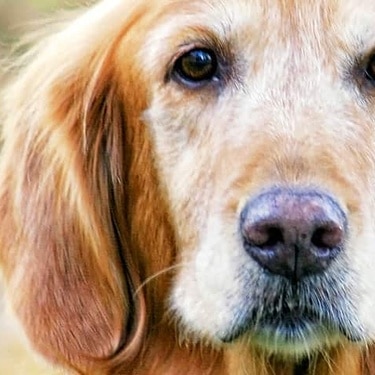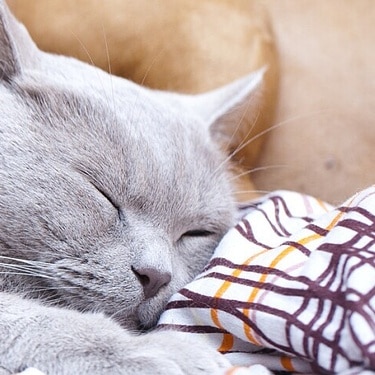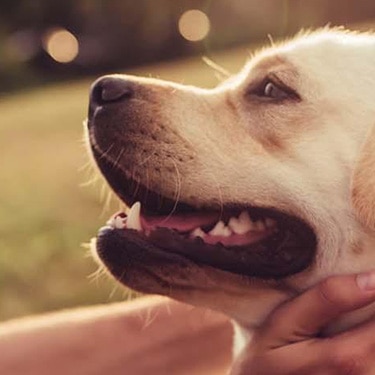The basenji can be an aloof dog; very affectionate with his family, but not outgoing to strangers. They originally hunted in packs and are usually good with other dogs if socialized while young. However, some can be argumentative with other basenjis.
Basenjis tend to be clever dogs, but not easy to train. They need creative, patient handling to bring out their best qualities. As mentioned, they do not bark, but the yodeling certainly makes quite a bit of noise. If left to their own devices they can be chewers and diggers.
Basenji breeders and owners often refer to them as "catlike," as they do a great deal of licking to groom and are quiet. They also seem to like climbing up onto high places; perhaps to survey their kingdoms from there.
Basenjis are active dogs that need and enjoy a good romp or run every day. They like doing agility and running lure courses. Basenjis are not used for hunting much anymore, but make very nice family dogs and live to about 13 years of age or so.
Basenjis can be fiercely protective of their families. They need plenty of early socialization to other people to be ideal companions. An unusual trait in basenjis is that the females almost always only have one heat period per year and occurring between August and November. And of course, they make their famous "yodeling" sound.
Basenjis are extremely easy to groom and keep clean with a quick swipe with a cloth or brush once or twice weekly. Basenjis will spend much of their time grooming and carefully licking their coats just like a cat.
Basenjis are ancient dogs tracing their lineage from pariah dogs to the Egyptians and then to hunting dogs for the tribes in the Congo. Running in silent packs (they do make noise, but not regular barking), the Basenjis often wore bells to alert their human partners to their whereabouts in the deep jungle. They were, and still are, renowned for their keen eyesight and excellent sense of smell.
The basenji got its name from a Mrs. Burn in England around 1936. Known until then as the Congo dog or Congo derrier, the word "basenji" means "dog of the bush" in that region of Africa. The breed has been placed in the hound category as it is clearly a hunting dog, but whether it truly belongs with the sighthounds or the scenthounds is still being debated. Basenjis are allowed in lure coursing (a sighthound sport) but some people feel they might even belong in the terrier group.
In the 1980s several basenjis were imported to the United States from Zaire and added to the AKC gene pool to help combat some health problems. These new additions also introduced the brindle color pattern to the western basenji. Basenjis are considered rather primitive dogs genetically and developmentally. Unlike most domestic dogs, they have only one estrus season per year.





















